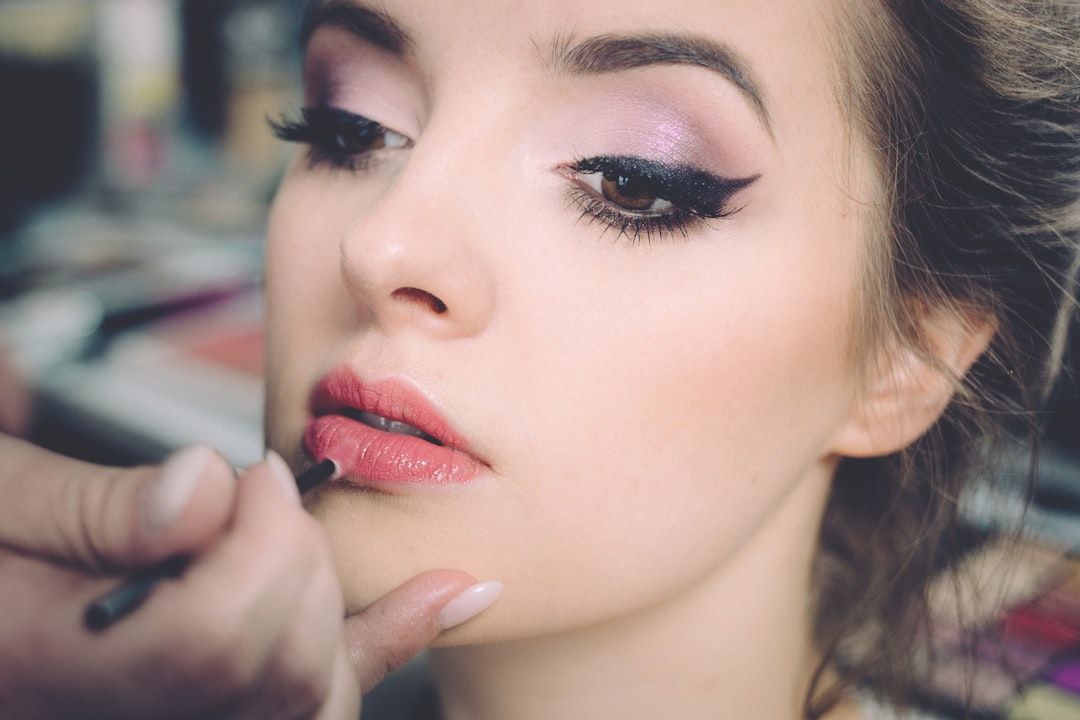

Types
When waxing at home, it is crucial to choose the right type of wax for your skin and hair type. Different waxes are designed for specific areas of the body and hair textures, so selecting the appropriate one will ensure a more effective and less painful waxing experience. (It's best to do a patch test before applying any new wax to larger areas of skin!) This can help prevent allergic reactions or irritation that may occur if the wax is not suitable for your skin type. So, take the time to research and choose the right wax for smooth and successful results!
best wax beads for legs Get the best hard wax products from Wax Wax.Soy Wax: Soy wax is another gentle option for sensitive skin, made from natural ingredients that are less likely to cause allergic reactions or inflammation. (H3)
4. Which type of wax tends to be more gentle on the skin?
Tips for preparing sensitive skin before waxing
Visual Inspection: Check if your hair is at least 1/4 inch long. (Don't forget to use a ruler!) If it's too short, the wax won't be able to grip the hair properly.
Consider Your Skin Type: Take into account your skin type when choosing exfoliation products. If you have oily skin, look for products with salicylic acid to unclog pores. For dry skin, opt for hydrating exfoliants to prevent further dryness.
Frequently Asked Questions
Flexibility in scheduling: One of the biggest advantages of at-home waxing is the ability to do it on your own time and schedule. hard wax (This means) No need to make appointments or travel to a salon, you can wax whenever it suits you best!
Not properly preparing the skin before waxing
Avoid hot showers, wear loose clothing, apply soothing creams or oils, and gently exfoliate regularly.
Strip waxing (soft wax) is accomplished by spreading a wax thinly over the skin. A cloth or paper strip is applied and pressed firmly, adhering the strip to the wax and the wax to the skin. The strip is then quickly ripped against the direction of hair growth, as parallel as possible to the skin to avoid trauma to the skin. This removes the wax along with the hair. There are different forms of strip waxing or soft waxing: heated, cold or pre-made strips. Unlike cold waxing,
No, regular waxing can actually lead to finer hair growth over time as it weakens the hair follicle.
The waxing process

Potential skin benefits of regular waxing over shaving or depilatory creams
Waxing is the process of hair removal from the root by using a covering of a sticky substance, such as wax, to adhere to body hair, and then removing this covering and pulling out the hair from the follicle. New hair will not grow back in the previously waxed area for four to six weeks, although some people will start to see regrowth in only a week due to some of their hair being on a different human hair growth cycle.
Despite its benefits, waxing also has drawbacks such as ingrown hairs and minor bleeding. Additionally, individuals with certain medical conditions or taking specific medications may be at higher risk for skin irritation or complications during waxing.
Differences between hard wax and soft wax
2. Why should you avoid sun exposure after getting waxed?
6. What are some tips for reducing pain during a waxing session?